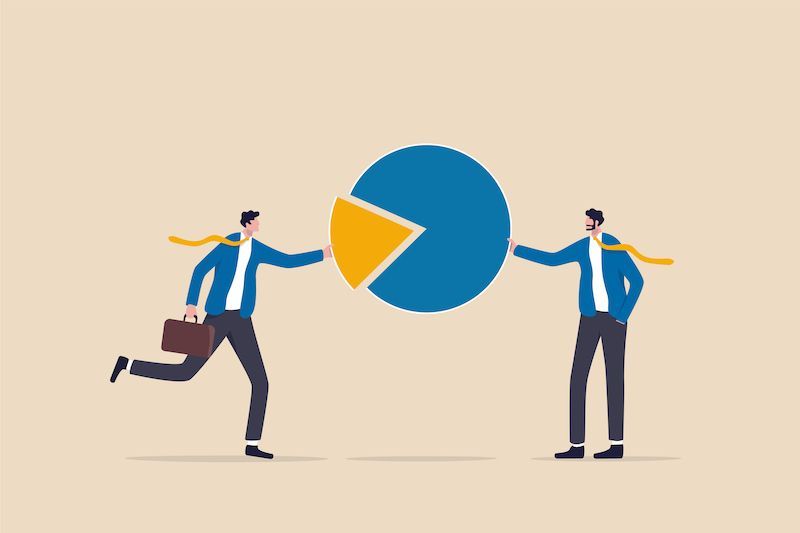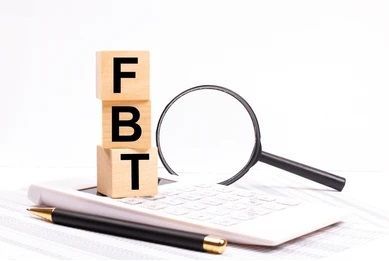First Home Super Saver Scheme
The First Home Super Saver Scheme (FHSSS) allows eligible Australians to build their first home deposit within their superannuation, utilising the tax cuts available to super funds. The scheme could boost deposit savings by at least 30% when compared to savings in a standard deposit account.
Both before-tax (concessional) and after-tax (non-concessional) contributions made from 1 July 2017 are eligible for the FHSSS, these can be withdrawn from 1 July 2018 along withadditional deemed earnings (equal to the ATO Shortfall Interest Charge rate). The property must be a residential premises or vacant land (if planning to build), and you must occupy the property for at least 6 months within the first 12 months after purchase or construction.
Eligibility
1. 18 years or over when requesting to release funds (eligible contributions can be made before 18 years of age).
2. You’re a first home buyer who has never owned property in Australia, unless the ATO determines have suffered financial hardship (see below).
3. You haven’t previously requested a FHSSS release.
4. Assessed on an individual basis, meaning couples, family or friends are each able to access their own FHSSS contributions to purchase the same property. Purchasing with someone who has previously owned a property will not impact eligibility.
Making Contributions & Limits
Contributions can be up to $15,000 a year and $50,000 in total, provided the contributions are within existing contribution caps. These contributions can be made via:
1. Salary sacrifices if offered (concessional contributions)
2. Voluntary after-tax contributions (concessional contributions if claimed as a tax deduction)
While it is recommended to check with your super fund before starting this scheme, there is no actual need to notify the ATO, your employer, or your superfund before making FHSSS contributions. The exception to this is if you apply under the financial hardship provision.
Financials Hardship
Individuals who’ve previously owned property could still be eligible if the ATO determines you’ve suffered a financial hardship event leading to loss of all ownership interests. These events include:
1. Bankruptcy
2. Divorce, de-facto separation, or a relationship breakdown.
3. Employment loss.
4. Illness
5. Natural disasters
A financial hardship application along with evidence should be made to the ATO to determine if financial hardship applies.
Tax Rates
Concessional contributions attract a 15% tax rate within the fund, while after-tax contributions are not taxed. FHSSS withdrawals are generally taxed at your marginal tax rate less a 30% rebate.
Withdrawals
Withdrawing FHSSS funds is a 2-step process including applications for firstly a FHSS Determination, and then a FHSS Release. You must have a FHSS determination before you sign a property purchase contract (including vacant land) as once a contract is signed you are no longer eligible to request a FHSS Determination.
You will need to purchase a property withing 12 months of withdrawing your FHSSS funds, with the option to request an extension to 24 months. If you don’t buy within the time frame, you may either contribute the released amount back into superannuation or pay a tax equal to 20 per cent of the concessional amount released (removes the FHSSS tax benefit).
For further information see First home super saver scheme | Australian Taxation Office (ato.gov.au)
The post First Home Super Saver Scheme appeared first on Green Taylor Partners.
More GTP Articles






